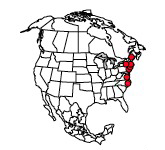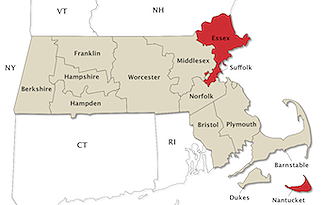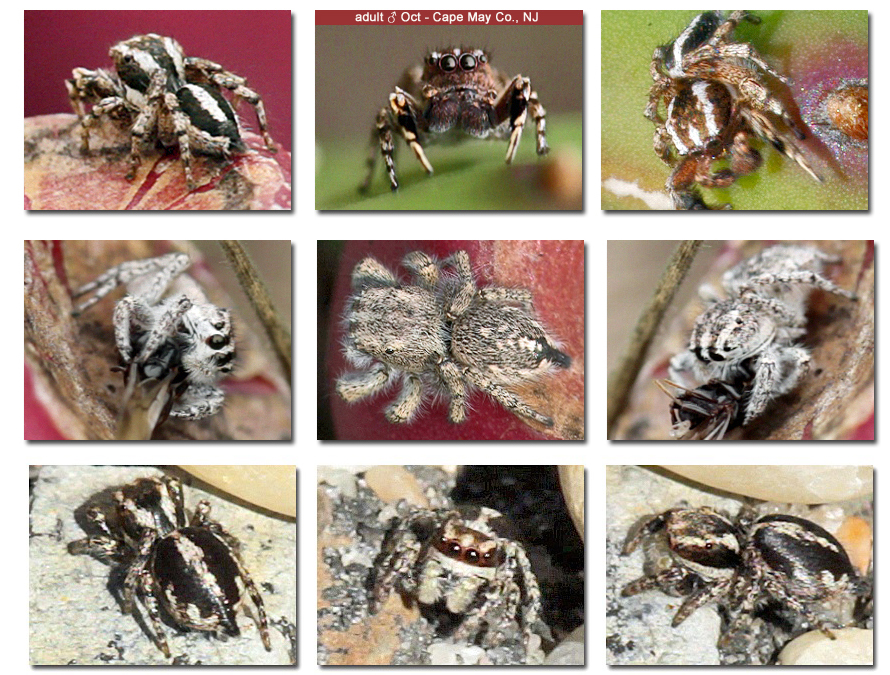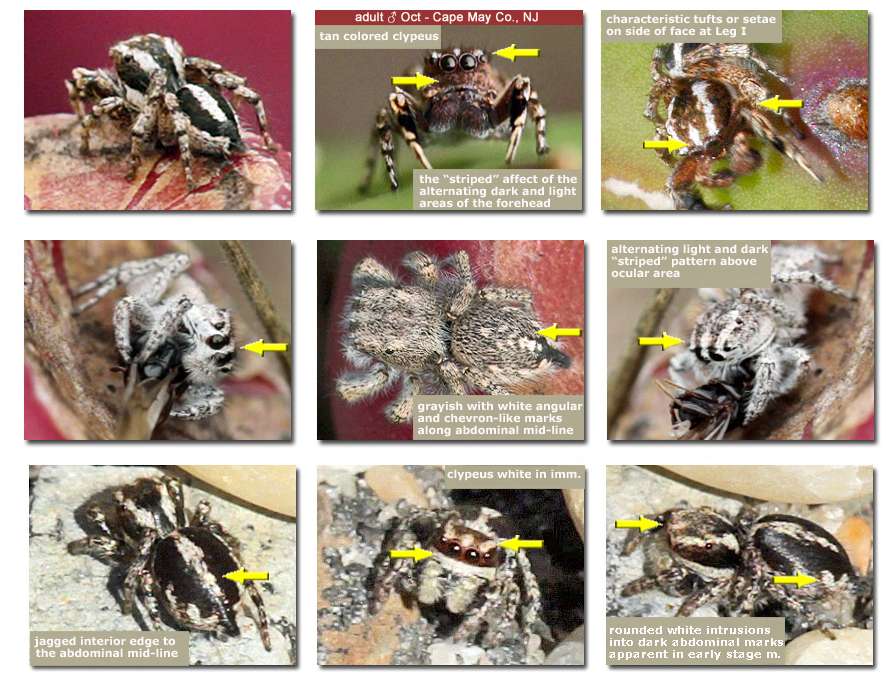Habronattus agilis (Banks, 1893)

Richman, Cutler & Hill 2012
The genus Habronattus comprises a diverse group of mainly North American jumping spiders. Habronattus males are known for their elaborate visual displays including the extension and waving of their fringed front legs. Less obvious are complimentary auditory displays used by the males of some species to entice the females. The acoustic characteristics and mechanism for sound production was first described and investigated using males of the agilis group. While normally outside the range of human hearing, rapid abdominal movements (see video) indicate the male is using his sound producing mechanism that is located between the carapace and abdomen. Habronattus spiders are largely terrestrial. The H. agilis jumpers seen here inhabit a sandy coastal area vegetated in part by prickly pear cactus. H. agilis males use these low growing plants for cover and foraging but also as a stage for territorial and mating displays.
Maddison and Stratton, 1988; Elias Lab
Massachusetts – First State & County Records, References

- ♦ H. W. Henshaw/MCZ – H. a. – Nantucket (Nantucket) – September 1892 – Griswold, 1987: 184
- ♦ J. H. Emerton/MCZ – H. a. – Essex (Ipswich) – July 1899 – Griswold, 1987: 184
- ♦ *BSNH – Pellenes auratus – Suffolk (Chelsea) – Bryant, 1908: 101
- ♦ Connecticut – H. a. – Kaston, 1948: 468, 7 records
- Griswold, C. E. 1987. A revision of the jumping spider genus Habronattus F.O.P. Cambridge (Araneae; Salticidae), with phenetic and cladistic analyses. University of California Publications, Entomology 107:1-344.
- *See Bryant, 1908



